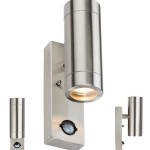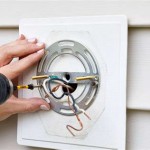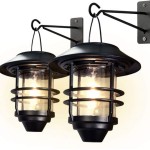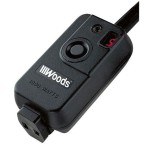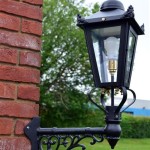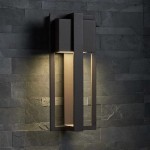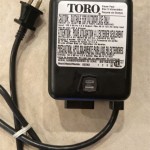Types of Outdoor Light Bulbs: Essential Factors to Consider for Optimal Illumination
When it comes to illuminating outdoor spaces, choosing the right light bulbs is crucial for creating ambiance, safety, and energy efficiency. With a wide range of options available, understanding the different types of outdoor light bulbs can help homeowners achieve their desired lighting goals. In this article, we explore the essential aspects of户外灯泡,并提供指导,帮助您为您的特定需求选择最佳选择。
Types of Outdoor Light Bulbs
1. Incandescent Bulbs: These traditional bulbs emit light by heating a tungsten filament. They are relatively inexpensive and widely available but are inefficient and have a short lifespan. Incandescent bulbs are best suited for areas where frequent bulb changes are not a concern.
2. Fluorescent Bulbs: Fluorescent bulbs produce light by exciting mercury vapor, which emits ultraviolet radiation that is converted into visible light by a phosphor coating. They are more energy-efficient than incandescent bulbs and have a longer lifespan. However, fluorescent bulbs contain mercury, which requires special disposal.
3. LED Bulbs: Light-emitting diodes (LEDs) generate light through semiconductor chips. LED bulbs are extremely energy-efficient, have a long lifespan, and are durable. They are also available in a wide range of color temperatures and can be dimmed or controlled with smart home devices.
4. Halogen Bulbs: Halogen bulbs are a type of incandescent bulb that uses a halogen gas to increase efficiency and lifespan. They produce a brighter, whiter light than traditional incandescent bulbs and are often used in spotlights or floodlights.
5. Solar-Powered Bulbs: Solar-powered bulbs use photovoltaic cells to convert sunlight into electricity, which powers LEDs. They are energy-efficient, environmentally friendly, and ideal for areas where access to electricity is limited.
Choosing the Right Bulb
When selecting outdoor light bulbs, consider the following factors:
1. Lumen Output: Measured in lumens, this indicates the brightness of the bulb. Determine the desired level of illumination for your space.
2. Color Temperature: Measured in Kelvin (K), this refers to the warmth or coolness of the light. Warm (2,700-3,000K) colors create a cozy ambiance, while cool (5,000K and above) colors provide better visibility and contrast.
3. Beam Angle: This determines how wide or narrow the light is spread. Wide beam angles are suitable for general illumination, while narrow beam angles are ideal for spotlighting or accent lighting.
4. Lifespan: Measured in hours, this indicates how long the bulb will last before needing replacement. LED bulbs typically have the longest lifespan.
5. Durability: Outdoor bulbs should be weather-resistant and able to withstand harsh conditions. Look for bulbs with IP ratings to ensure protection against water and dust.
Conclusion
Choosing the right outdoor light bulbs is essential for creating functional and inviting outdoor spaces. By understanding the different types of bulbs and considering the factors discussed, homeowners can select the optimal lighting solutions that meet their specific needs. Whether it's providing illumination for safety, ambiance, or accentuation, the perfect outdoor light bulbs can transform your outdoor areas into inviting and visually appealing spaces.

Landscape Lighting Installation Companies Types Of Light Bulbs For Outdoor Orlando Florida Palmer Electric Company

Everything To Know About Bulbs For Landscape Lighting

Indoor And Outdoor Light Bulbs Pacific Lamp Supply Company

Everything To Know About Bulbs For Landscape Lighting

Step By Guide To Light Bulbs

9 Best Light Bulbs For Outdoor Fixture In 2024

Types Of Light Bulbs A Brief History And Guide

Outdoor Light Bulbs Yard Envy

Patio Lights Guide Chapter 4 Yard Envy

7 Diffe Types Of Outdoor String Lights Parker Lighting
Related Posts
